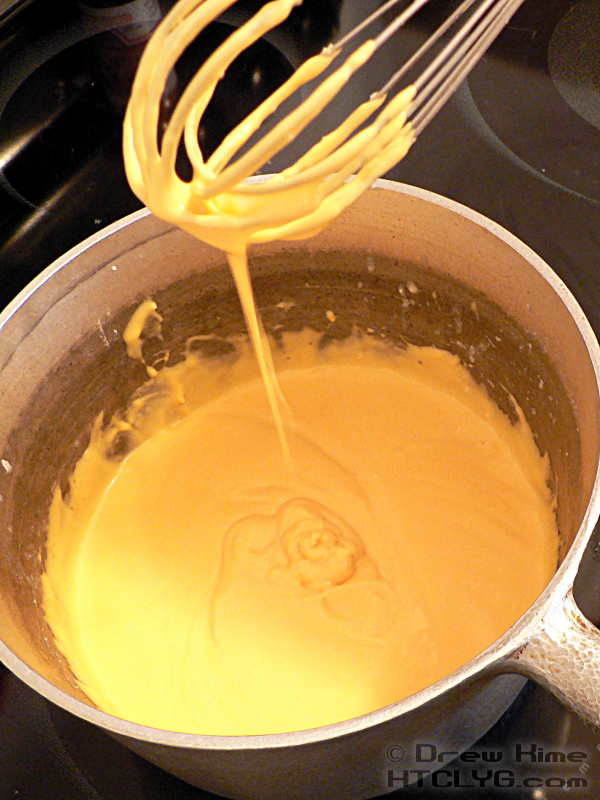
When making soup, sauce, or fondue, add the cheese last then heat it only as long as it takes to melt. The colder the cheese is, the easier it will be to cut. Shred, crumble, or finely dice the cheese before heating to ensure quick, smooth melting.Keep These Tips In Mind When Cooking With Cheese: Reheating it from a frozen state can cause the cheese sauce to separate but rest assured it’ll revert back to the ideal consistency if you keep it on low heat and continuously stir it. AlSawwaf advises labeling and dating the container, and using it within three months. You can also freeze cheese sauce in an airtight container if you don’t expect to use it within a few days. It will thicken up in the fridge, so it will need to be thinned out a bit. Once you’re ready to use the sauce, Johnson recommends heating it up slowly in a saucepan and adding some milk to the pan to achieve the desired consistency. In order to avoid skin from forming on the top, Johnson recommends placing a piece of parchment paper on top of the sauce before closing the lid. Leftover cheese sauce can be stored for up to five days in the fridge in an airtight container, says AlSawwaf. It’s that simple, but the trick is knowing how to make the roux, how to add the milk without creating lumps, and how to add the cheese so the sauce turns out smooth and not grainy. Cheese is added to the white sauce to make cheese sauce.Milk and seasonings are added to the roux to make a white sauce.


Here are the three basic steps to make cheese sauce: Cheese is then added to the white sauce to create cheese sauce. Classic cheese sauce begins with béchamel a simple white sauce made of butter, flour, milk, and a few seasonings.


 0 kommentar(er)
0 kommentar(er)
